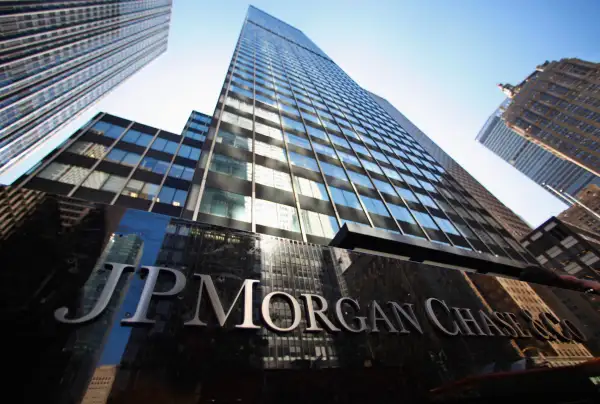2 Reasons to Chill Out About Huge Bank Profits—And 1 Reason to Get Angry
Money is not a client of any investment adviser featured on this page. The information provided on this page is for educational purposes only and is not intended as investment advice. Money does not offer advisory services.

On Monday, the Wall Street Journal reported that banks earned more than $40.24 billion in the second quarter, the industry’s second highest quarterly profit in roughly a generation, just behind the $40.36 billion banks earned in early 2013. That may be infuriating to millions of Americans who lost their jobs and maybe even their homes in a recession due in no small part to Wall Street missteps, if not outright malfeasance.
But there are some reasons to take big bank profits in stride...even if they remain a long-term concern.
Other industries are also raking it in.
Record bank profits are making headlines. But that’s because Americans have developed such a disdain for bankers, not because bank profits are particularly extraordinary. In fact, corporate profits, which hit a record $1.7 trillion last year, are higher across the board.
Banks have certainly enjoyed their share of the pie. According to S&P Dow Jones Indices, financial services companies grabbed about 20.3% of all the profits posted by companies in the S&P 500 last quarter. At first blush a fifth of earnings may seem high. Indeed, financial services firms are the most profitable industry that S&P tracks, slightly ahead of technology, which contributes about 17.5% of S&P 500 profits. And unlike tech whizzes whose gadgets improve our lives, bankers don’t "make" anything.
But in the years leading up to the financial crisis, financial services accounted for a much bigger share of profits–at times more than 30%. In fact, today’s level is essentially in line with banks' 20-year average of 20.2% of profits.
They're making money on lending, not trading.
The other reason to feel relatively good about rising bank profits has to do with how banks are making that money. Monday’s Journal story emphasized that the jump in bank profits was tied to increased lending levels; commercial lending rose at an annualized 13% rate, while consumer lending climbed 6%.
That’s good news because lending is what we – even those among us who resent bankers – want banks to do. Lending helps businesses grow and helps consumers buy stuff, both of which ultimately help the overall economy. In fact the anti-banking crowd has been complaining that banks haven’t been doing enough lending. So they should take heart that that’s starting to change, even if it means banks are earning enviable profits in the process.
At the same time, the growth in lending contrasts with a still-tepid climate for another traditional profit line: trading. Placing bets–often with borrowed money–on different corners of the stock and bond markets was a huge profit engine for banks in the days before the financial crisis. But it made them riskier, and arguably had much less value for society than lending money directly to businesses. While the second quarter may have been good to banks overall, trading revenue at Wall Street’s biggest firms—Goldman Sachs Group Inc. , JPMorgan Chase & Co. , and Citigroup Inc. —fell 14%, according to Bloomberg, which called the result “the worst start to a year since the 2008 financial crisis.”
The trend has a lot to do with calm stock and bond markets. But don't count out the effect of new regulations like the Volcker rule.
But lessons have not been learned.
Of course, even with some big caveats it can still seem pretty galling that an industry that received billions in government bailouts less than a decade ago is so wildly profitable, if not quite as wildly profitable as it once was. You may be even more irritated when you consider that banks achieved these profits despite paying more than $60 billion in settlements and penalties since the 2008, which suggests they ought to have been asked to pay even more for their contribution to the crisis. And that Wall Street pay has bounced back almost as quickly as profits.
Then there's the disturbing fact that the "living wills" submitted by the country's largest banks—blueprints for safely winding down their activities in the event of another financial crisis—were just last week deemed inadequate by the Federal Reserve and the Federal Deposit Insurance Corporation. In other words, the banks are still "too big to fail," so taxpayers could again be left holding the bag if the animal spirits get out of control again—and record profits have a tendency to make that happen.
Ultimately, the return to business as usual may, as Fortune recently suggested, give more ammunition to those in Washington who are still calling for stricter banking rules. But given the strength of the business lobby in Washington, don’t expect any miracles.
